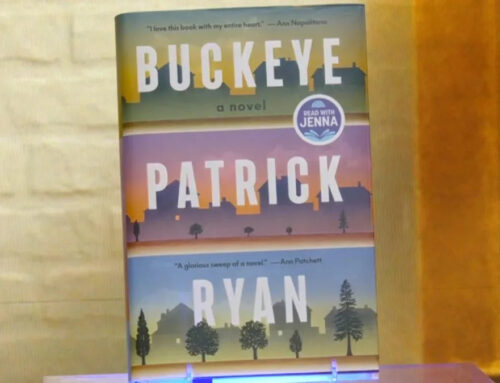Where agencies add value in Amazon’s AI agent-led ad system
November 11, 2025
Amazon is following the same playbook Google and Meta have refined for years: automate more of the planning and buying that agencies once handled. But this isn’t an overt bid to push them aside. It’s to capture the long tail — the thousands of advertisers who were never going to hire a shop in the first place.
That’s the way Amazon ad execs are pitching a major overhaul to the way its ads business works this week: the DSP and Sponsored Ads console are being unified into a single Campaign Manager. Agentic tools — Ads Agent for planning, targeting and data analysis as well a Creative Agent for asset development — sit on top of it, allowing marketers to describe what they want and have the system build and refine it.
In that setup, agencies don’t disappear. They just move up the ladder. Less execution, more counsel. Less button-pushing, more steering.
“Our position has always been that we want to be an AI companion for our partners, our traders and agencies so they can do more with the people that they have right and make smarter, more intelligent decisions,” said vp of Amazon Ads Kelly MacLean.
For instance, an agency exec might use the ad agent to prompt: “Show me all campaigns with a budget delivery rate below 75%+,” and the agent would identify them all and suggest any fixes. Or another might say: “build an audience of repeat purchases who also watched Thursday Night Football but haven’t purchased in 60 days,” and the agent writes the SQL, builds the audience and pipes it into targeting.
“Hours of manual work now are happening in moments,” said MacLean.
The same can be said of the creative agent. It draws from general LLM knowledge and Amazon’s own behavioral and contextual data to do market research. Propose concepts and hand off production to specialized generative models — video, audio and image — tuned to the specs of each placement. The agent acts as an orchestrator, assigning tasks to the right models to produce finished assets in spec.
“Think about the creative agent as a creative director,” said Jay Richman, vp of product and technology at Amazon Ads.
It all works with the same guardrails that govern sponsored campaigns today. Work passes through brand safety and moderation checks, with protections against misleading claims and trademark issues. Final creative still requires advertiser approval before anything goes live.
Taken together, these tools could easily stretch MacLean’s “companion” framing of agents to the limit. And in some cases they will. There will be marketers who decide the agent is enough. But Amazon’s real target is the advertisers who never had agencies to begin with. AI is simply the on ramp. If the goal were to hollow out agencies entirely, Amazon would be taking a very different approach.
Take the full-funnel campaign update, for example. It’s an agentic solution that pulls sponsored ads, display streaming and measurement into one workflow. Previously, these lived in separate systems with fragmented reporting, making it difficult to connect upper-funnel exposure to sales outcomes. Now, everything runs on the same identity and attribution spine, allowing marketers to see how awareness feeds consideration and conversion without stitching data across systems.
“We’ve also positioned our offerings as having more of a crystal box instead of a black box so that marketers have more control and understanding on the optimization and reporting compared to alternatives,” said MacLean.
A system designed to displace agencies doesn’t make that level of visibility standard. If anything, it shifts where agency value sits. When setup, pacing and AMC query logic become automated, the operational “button-pushing” advantages — and that was always the easiest part for clients to squeeze on fees. What becomes more valuable is the work agencies already want to lean into: audience strategy, creative platforming, testing frameworks and guidance on how budgets should move across the funnel over time. The agent handles execution. The agency interprets outcomes and sets direction.
“This move is really about democratization,” said Jeff Cohen, chief business development officer at Skai. “Amazon’s bringing the same advanced capabilities that big brands have relied on — closed-loop measurement, audience expansion, and full-funnel optimization — into a single, AI-powered console that any advertiser can use. They’re making sophisticated advertising accessible to the thousands of brands that never had the budget or expertise to run DSP campaigns. That’s how you expand the pie: not by replacing agencies, but by empowering more advertisers to participate.”
Nevertheless, there will still be fallout. Shifts of this scale always create winners and losers. The task for agency bosses is making sure they’re on the right side of that line.
Search
RECENT PRESS RELEASES
Related Post



